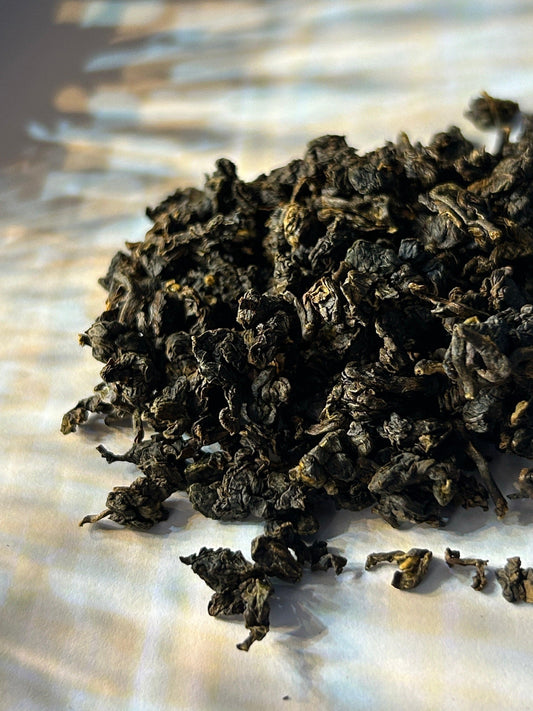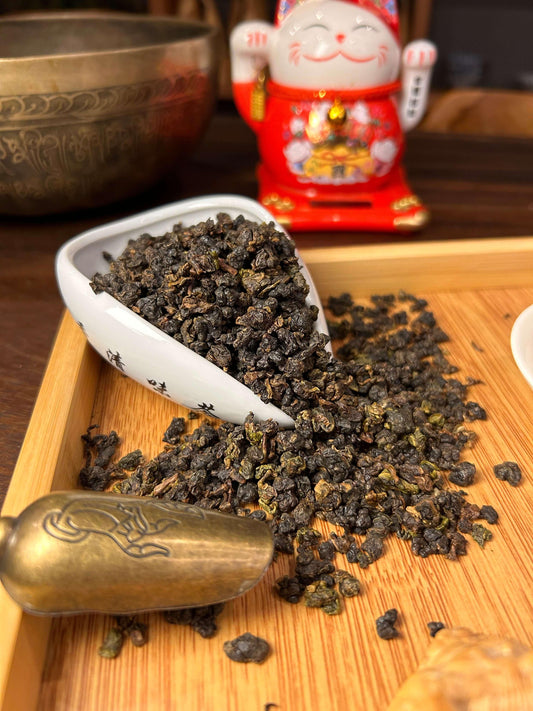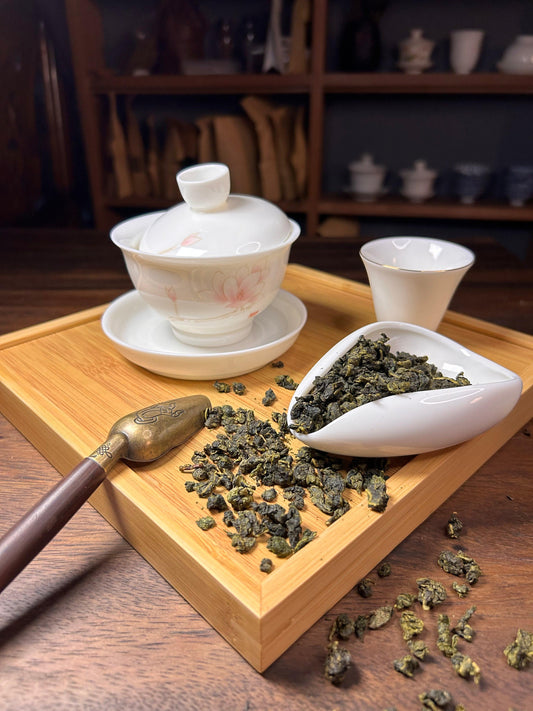In the Chinese tea ceremony, every gesture carries meaning.
Each tool in Gongfu Cha has its purpose, reflecting not only function but also philosophy.
Tea tongs (Cha Jia, 茶夹) are a subtle yet essential instrument designed to maintain cleanliness and respect during tea preparation.
They are used to handle cups without touching them directly, to rinse teaware, or to move hot utensils gracefully.
Meaning and Philosophy
In traditional Chinese culture, cleanliness is a form of mindfulness.
To touch a tea cup with bare hands is considered improper — it disturbs the ritual’s harmony.
Using tea tongs helps preserve purity and balance between human and tea, between action and stillness.
The act of using Cha Jia expresses respect toward guests and attentiveness to the tea itself.
It’s a quiet form of courtesy — a gesture of elegance without words.
Materials and Craftsmanship
Historically, tea tongs were made from bamboo, a material known for its strength, resilience, and natural warmth.
Bamboo symbolizes integrity and purity — qualities that align perfectly with the spirit of tea.
Modern artisans also craft tongs from wood, stainless steel, or bronze, sometimes combining materials for aesthetic balance.
Each pair is carefully shaped by hand: the bamboo is dried, polished, and carved to achieve the ideal flexibility and tension.
Some masters adorn their tongs with fine engravings or calligraphy, marking each tool with symbols of harmony or the artisan’s personal seal.
This transforms a simple object into a piece of art, embodying the essence of craftsmanship.
Role in the Tea Ceremony
During a Gongfu Cha session, tea tongs are used for:
- picking up tea cups and serving them to guests;
- rinsing cups in hot water without touching them directly;
- handling lids, filters, and other small accessories;
- occasionally transferring dry tea leaves into the gaiwan.
Every movement is calm and deliberate — no rush, no waste.
The tongs become an extension of the tea master’s hands, representing precision, care, and inner balance.
Aesthetic and Tradition
In both China and Taiwan, Cha Jia is considered an essential element of every tea set.
Without them, the ceremony would feel incomplete, as cleanliness and attention to detail are seen as expressions of respect.
In traditional tea houses, masters often wipe the tongs with a tea towel before beginning, emphasizing mindfulness even in the smallest gestures.
This quiet act sets the tone — an atmosphere of serenity, order, and focus.
Modern Meaning
Today, tea tongs are used not only in classic Gongfu Cha ceremonies but also in modern tea studios around the world.
They represent refinement, respect, and harmony, bridging ancient traditions with contemporary tea culture.
At Gaba Tea House, we see Cha Jia as more than a tool — it’s a symbol of awareness, discipline, and craftsmanship.
Each pair is made with the same devotion to material and balance as the tea itself.
Conclusion
Tea tongs remind us that beauty lies in small details.
They help maintain purity, respect, and order — values at the heart of every true tea ritual.
By using them, we practice presence and grace in every movement.
Explore the Cha Jia collection at Gaba Tea House — each piece embodies the art of purity and the spirit of Gongfu Cha.





